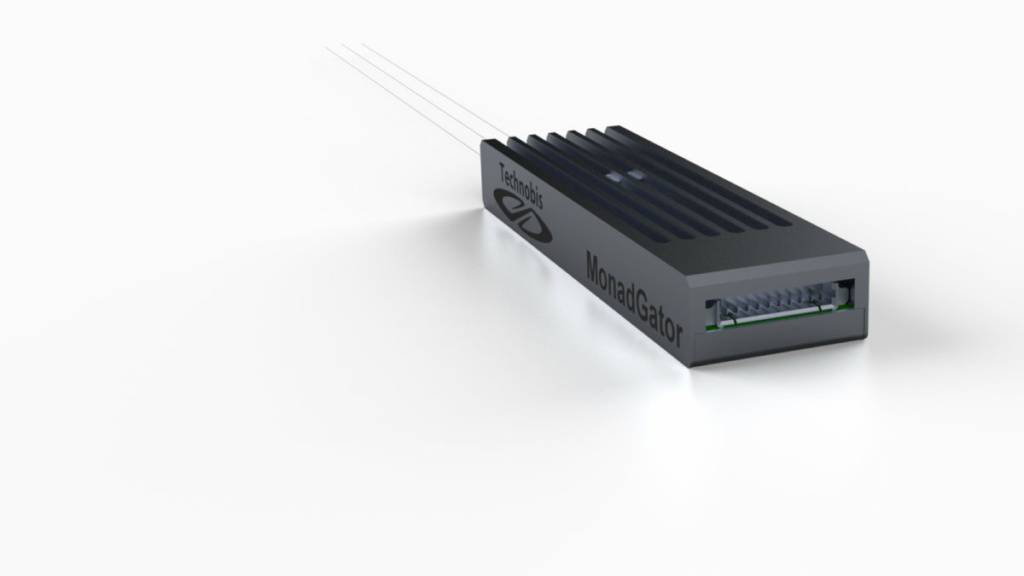Your cart is currently empty!

Reducing an optical sensor interrogator to the size of a memory stick
Fiber-optic sensing is gaining traction for accurate strain, shape and temperature measurement in aircraft, civil structures, high-tech machines and medical catheters and endoscopes. To support a higher market penetration, a cost and size reduction is needed. Technobis and Bruco Integrated Circuits have developed a memory stick-sized fiber-optic measurement system.
Fiber-optic sensors have many appealing characteristics: they’re small, lightweight, inert to chemical substances, able to withstand high temperatures and immune to electromagnetic interference. As a result, they’re finding widespread use in a multitude of applications. For example, in structural health monitoring, the deformation and dynamic response behavior of objects are measured using optical fibers that are mounted on or even embedded in the structure being monitored.
Successful applications have been shown and proven in the aerospace industry, performing standard strain and temperature measurement in the new generation of planes. In the medical domain, the technology is being applied in catheters, endoscopes and guide wires to gauge shape, temperature and pressure. There, the number of systems sold typically varies from 1,000 to 50,000 pieces per year. Further market adoption requires a more compact and lower-cost solution, including disposables in medical and fiber-optic battery monitoring systems.


